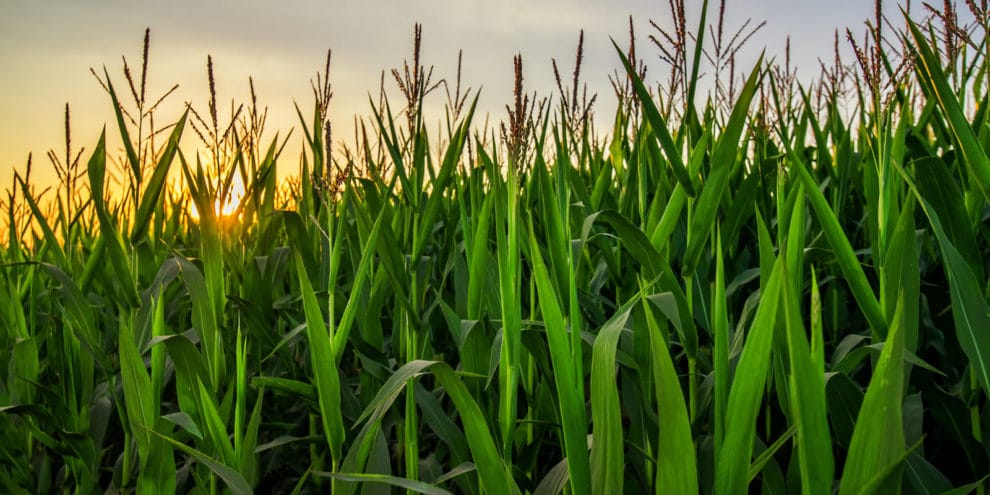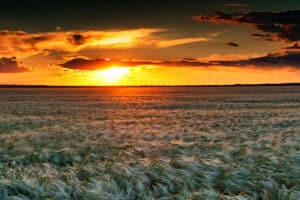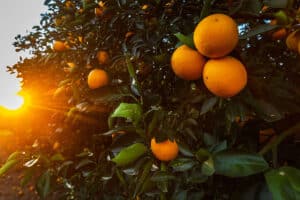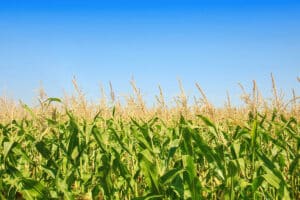With the world’s population projected to reach 9.7 billion in the next 30 years, having a stable reliable food source is more important than ever before. With land suitable for farming running low, a new concept of growing food indoors has caught on in the past five years. It’s called vertical farming and the idea is to produce more crops on smaller areas of land, vertically.
The definition of vertical farming is simple. Instead of growing crops in a single layer across a large area of land, crops are grown in enclosed structures stacked on top of each other in an attempt to save space and produce food in challenging environments. It uses a mixture of LED lighting and natural light and won’t need soil. Instead it is done hydroponically, or using mineral nutrient solutions in a water solvent, to reduce the weight and eliminate water run-off.
The benefits.
It increases the crop yield without increasing the land area. Vertical farms can be formed in greenhouses, shipping containers, buildings or warehouses. It will greatly reduce the amount of land needed, help populated (urban) areas be self-sufficient and could even decrease deforestation. Vertical farming moves food production closer to highly populated areas. There are many other benefits like eliminating herbicides and pesticides, water conservation, and providing crops a safe growing area free from extreme weather patterns.
The downfalls.
Vertical farming can be costly. Buildings in larger cities are more expensive. It will also take a lot of energy to keep the farms running which makes for large electric bills. Another downfall is that vertical farms can only grow certain crops like strawberries, lettuce, basil and other leafy vegetables that are rapid growing and have a quick turnaround.
The future.
The world’s largest vertical farm opened this year in the U.S. and it’s 75 times more productive than an open field farm. This farm is located in Newark, New Jersey and is expected to grow close to 2.2 million pounds of food annually. Overall, these types of farms will focus on high-return, short-rotation crops and become more widespread in some of the larger U.S. cities.
While vertical farming may be a growing trend in urban areas, there is still prime traditional farmland for sale all across the United States.
This content may not be used or reproduced in any manner whatsoever, in part or in whole, without written permission of LANDTHINK. Use of this content without permission is a violation of federal copyright law. The articles, posts, comments, opinions and information provided by LANDTHINK are for informational and research purposes only and DOES NOT substitute or coincide with the advice of an attorney, accountant, real estate broker or any other licensed real estate professional. LANDTHINK strongly advises visitors and readers to seek their own professional guidance and advice related to buying, investing in or selling real estate.










Add Comment